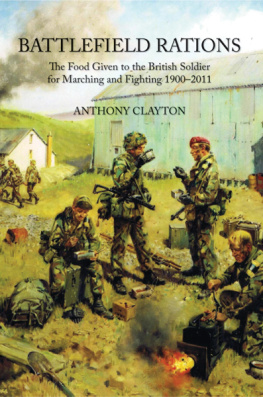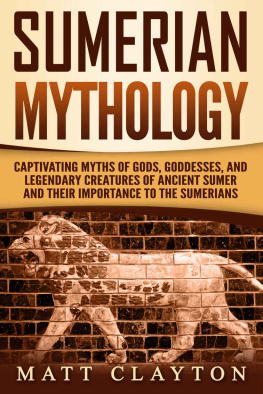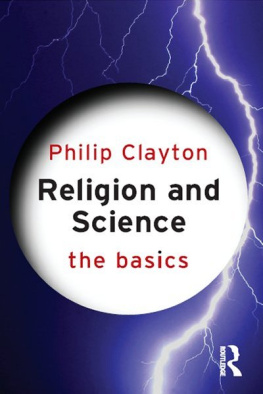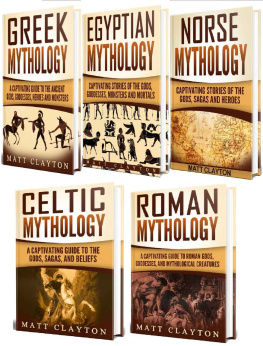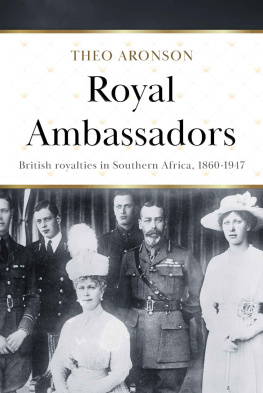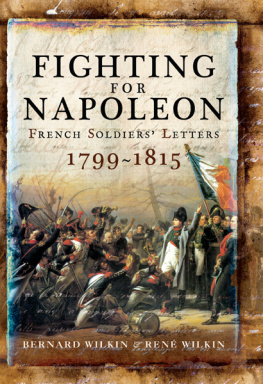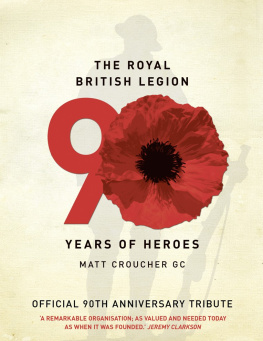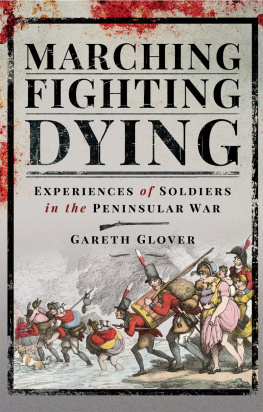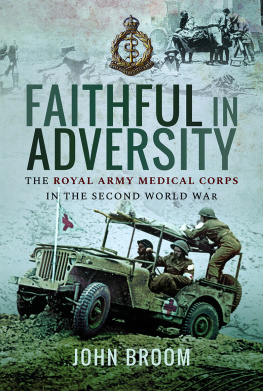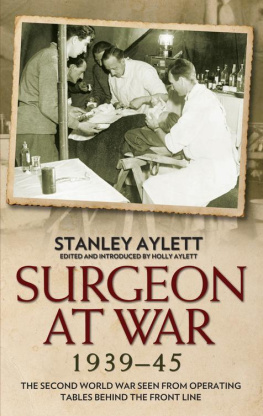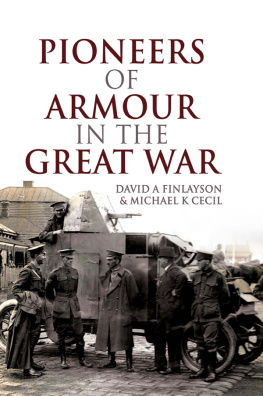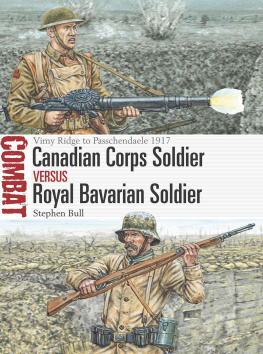An Army marches on its stomach, observed Napoleon; a hundred and fifty years later General Rommel remarked that the British should always be attacked before soldiers had had an early morning cup of tea. This book, written to raise money for the Army Benevolent Fund and with a Foreword by General Lord Dannatt, sets out the human story of the food and brew-ups of the front-line soldier from the Boer War to Helmand. Throughout, the importance of the provision of food, or even a simple mug of tea, for morale and unit fellowship as well as for the need of the calories required for battle is highlighted with many examples over the century. For many, until 1942, the basis of food was bully beef and hard biscuit, supplemented by whatever could be found locally, all adequate but monotonous. Sometimes supply failed, on occasions water also. The extremes of hardship being when regiments were besieged, as in Ladysmith in the Boer War and Kut El Amara in Iraq in the 1914-18 war. At Kut soldiers had, at best, hedgehogs or birds fried in axle-grease with local vegetation. On the Western Front the Retreat from Mons in August 1914 was almost as severe. The transport of food is as interesting a story as the food itself, ranging from oxen, horses, mules, camels, even reindeer and elephants to motor transport and aircraft in different theatres at different times. The first airdrop of food, not very successful, was in fact at Kut El Amara in 1916.The inter-war years experiences of mountaineers and polar explorers, supplemented by academic diet studies of the unemployed in London and North England led to the introduction of the varied composite, or compo rations, marking an enormous improvement in soldiers food, an improvement commented upon by the bully beef and biscuits-fed 8th Army advancing into Tunisia from Libya on meeting the 1st Army which had landed in Algeria with tins of compo. The Italian campaigns of 1943-45, especially the Salerno and Anzio landings and the battle for Monte Cassino, presented particular difficulties. At Cassino food reached forward units on mules with Basuto muleteers and Indian porters for the last stage to men in ground holes or scrapes. Soldiers landing in Normandy and fighting on into Germany were generally well fed even during a hard 1944-45 winter. The worst suffering, though, fell on soldiers in the Burma campaign, especially in the Chindit columns. In one unit the only food available at one time was the chaplains store of Communion wafers. Many men died unnecessarily from the results of poor feeding.
In the end of empire colonial campaigns soldiers were generally well fed even if the food was monotonous. Units in the Korean War experienced difficulties at the onset; in the Borneo jungle campaigns of the 1960s the problem was not so much the provision of food for patrols as how to eat it without the smell of the food and refuse from the packs giving positions away. For the Falklands War special cold weather compo had to be provided and was eaten on the long yomps, tabs, or marches. The soldier on the streets of Northern Ireland often lived on egg banjo sandwiches but real hardship was suffered by one Welsh battalion besieged by the Serbs in Gorazde during the Bosnia operations when Vitamin C deficiency led to scurvy. The book ends with food supply, often based on whole or part-swapping with American military food (usually below British standards) in the Iraq operations and in Afghanistan.
An appendix sets out the contents of a typical box of rations issued to a soldier in Helmand in 2011, very generous in quantity and easily prepared. One side of the box carries a stern message to the effect that a soldier must consume the entire contents in order to maintain full fighting efficiency. Such injunctions were not marked on the boxes of food sent forward to the troops in the Boer War; there the boxes were stamped with the initials of the Senior Catering Office Field Force, hence Scoffs here at last.
The work has been compiled from documents in the Royal Logistic Corps Museum at Deepcut, from memoirs, letters and interviews, and from the superb collection of regimental histories in the library of the Royal Military Academy Sandhurst.
All royalties due to the author for this book will be sent to the Army Benevolent Fund, The Soldiers Charity.
Dr Anthony Clayton was a lecturer at the Royal Military Academy Sandhurst from 1965 to 1993 and an Associate Lecturer at the University of Surrey from 1994 to 2008.A graduate of the University of St Andrews, he served in the colonial government of Kenya until 1963; he also served in the Territorial Army in the infantry and the Intelligence Corps, finishing as a lieutenant-colonel. His published works include books on British and French military history, among them The British Empire As A Superpower 1919-1939 and The British Officer from 1660 to the Present, together with France, Soldiers and Africa, The Wars of French Decolonization and Paths of Glory, the French Army 1914-1918. For his work on the French Army he was made a Chevalier dans lOrdre des Palmes Acadmiques. He has contributed chapters to several other works including Dresden, A City Reborn, Volume 4 of the Oxford History of the British Empire and the forthcoming Cambridge History of War. His most recent work, Warfare in Woods and Forests, was published in 2011. Battlefield Rations, he hopes, will make a useful contribution to the Army Benevolent Fund to which all royalties due to him are to go - a mark of respect for soldiers currently serving in Afghanistan, many returning in need of help. Typing of the manuscript was also a voluntary contribution from a former Surrey University colleague, Gillian James, and the author is greatly indebted to General Lord Dannatt for his kind foreword. Anthony Clayton is a widower, visited frequently by his children and grandchildren. He lives with a Cavalier King Charles spaniel in Farnham, Surrey.

Helion & Company Limited
26 Willow Road
Solihull
West Midlands
B91 1UE
England
Tel. 0121 705 3393
Fax 0121 711 4075
Email:
Website: www.helion.co.uk
Twitter: @helionbooks
Visit our blog http://blog.helion.co.uk/
Published by Helion & Company 2013
Designed and typeset by Aspect Book Design (www.aspectbookdesign.com)
Cover designed by Aspect Book Design (www.aspectbookdesign.com)
Printed by Lightning Source, Milton Keynes, Buckinghamshire
Text Anthony Clayton
Images as individually credited
Front cover: Lull in the Battle soldiers of the Army Catering Corps providing hot food
and tea to soldiers of the 2nd Battalion the Parachute Regiment, Falklands War 1982, by
Terence Cuneo, courtesy of The Royal Logistic Corps Association Trust.
ISBN: 978 1 909384 18 7
EPUB ISBN: 978 1 910294 28 4
British Library Cataloguing-in-Publication Data.
A catalogue record for this book is available from the British Library.
All rights reserved. No part of this publication may be reproduced, stored in a retrieval
system, or transmitted, in any form, or by any means, electronic, mechanical, photocopying,
recording or otherwise, without the express written consent of Helion & Company
Limited.
For details of other military history titles published by Helion & Company Limited
contact the above address, or visit our website: http://www.helion.co.uk.
We always welcome receiving book proposals from prospective authors.
List of Illustrations
Foreword
W hile every schoolboy has heard it said that an army marches on its stomach, it takes those who have served as soldiers to know that this is true. Ammunition for the guns, diesel for the vehicles and mail from home all these things are vital to military operations but good food is the key ingredient to high morale, and high morale is what makes soldiers fight hard and armies win. When Napoleon Bonaparte coined that well-known dictum about an army marching on its stomach, he also said that the moral is to the physical, as three is to one. By this he meant that an army, in his day, might be equipped with the best physical things - cannons, muskets and the finest uniforms - but if their will to win the moral aspect was lacking, then their chances of success on the battlefield were poor. In this well thought out book Anthony Clayton has underlined once more the importance of what Napoleon Bonaparte knew to be true it is morale that matters more than kit. In Battlefield Rations Anthony Clayton sets out a compelling case to substantiate the importance of food to the soldier, and the place of food, or scoff as it is known to soldiers, in military history.
Next page
